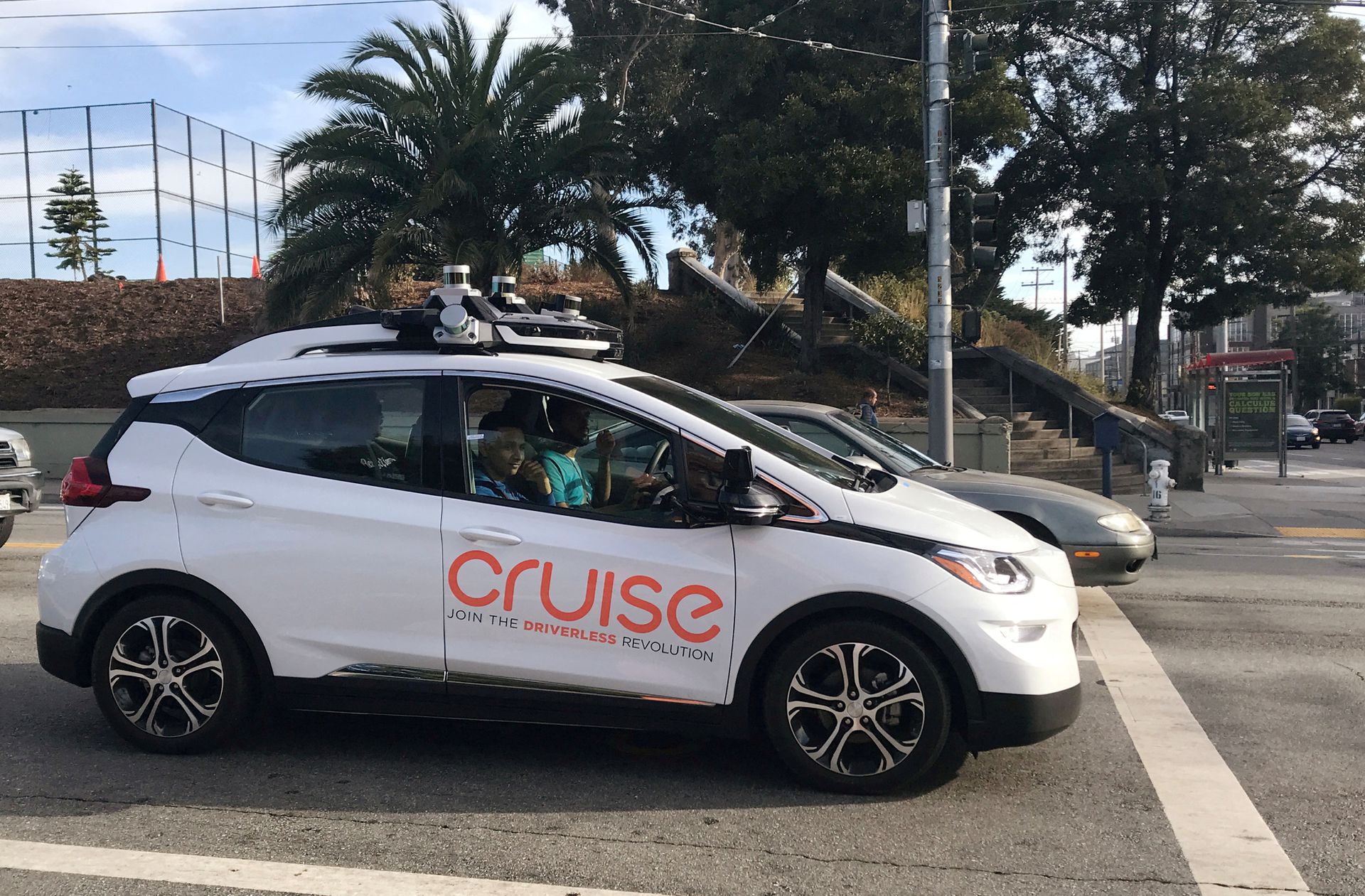DETROIT, Nov 10 (Reuters) – General Motors’ (GM.N) bet that its Cruise robo-taxi unit will deliver $50 billion in revenue by 2030 is facing its toughest test.
GM Chief Executive Mary Barra has stuck with Cruise in the face of skepticism from investors, arguing that Cruise technology will save lives – and become a significant source of new profit for the automaker in the future.
But right now, the unit’s operations are shut down as regulators investigate the safety of Cruise’s self-driving vehicles. Cruise has nine months of cash left, and one major investor, Honda Motor (7267.T), said on Thursday it does not plan to put up more money. Layoffs have started as Cruise reviews its operations and management.
Cruise has lost more than $8 billion since 2017, including $728 million lost in the third quarter of this year, according to GM financial disclosures. Cruise had $1.7 billion in cash as of Sept. 30, enough to last nine months at the current cash burn rate.
As Cruise’s troubles intensified, investors on Thursday sent GM shares down more than 3% to $26.65, its lowest closing price since August 2020. In addition to the problems at Cruise, GM last month agreed to a costly new contract with the United Auto Workers, and scaled back plans to expand electric-vehicle production.
“I think it’s a bit of a black hole,” said Pzena Investment Management analyst Lawrence Paustian. “It wasn’t too long ago people were really hyped about autonomous and they saw Cruise as this valuable asset. Now everyone’s looking at it as a liability.”
Barra told investors last month they could “rest assured we do have funding plans that will support Cruise’s expansion.” She did not provide details. Barra has stood by Cruise and her forecast that the robo-taxi business could generate $50 billion in revenue by 2030.
GM said in a statement on Thursday that its “commitment to Cruise with the goal of commercialization remains steadfast.”
Safety “has to be our top priority, and we fully support the actions that Cruise leadership is taking to ensure that it is putting safety first and building trust and credibility with government partners, regulators, and the broader community,” GM said.
Cruise is conducting a search for a chief safety officer and has hired law firm Quinn Emanuel to conduct an outside review.
A senior executive at Honda Motor said on Thursday the Japanese automaker had no plan to invest more in Cruise. But Honda Chief Operating Officer Shinji Aoyama said there is no change to Honda’s plan to begin a driverless ride service in Japan in 2026 through a joint venture with Cruise and GM.
In October 2018, Honda invested $750 million in Cruise, valuing the operation at $14.6 billion. GM has not released a more recent valuation for Cruise.
‘PROBLEM OF PERCEPTION’
GM shareholders contacted by Reuters had divided views on Cruise.
“It’s always been my hope that they would spin Cruise out,” said Kyle Martin, Westwood Group analyst, whose firm owns GM shares. “We always knew the technology was going to be challenging, but now I think there’s questions about the leadership there.”
Martin questioned whether any third party would invest further in Cruise.
Other investors said Cruise remains a valuable asset.
“There’s a future there. It’s a problem of perception,” said Jason Petitte, senior research analyst at Kovitz, an asset management firm in Chicago that owns GM shares.
“The dollars are worthwhile in Cruise. Nobody really questions Google for their investment in Waymo,” added Petitte, referring to Google parent Alphabet’s (GOOGL.O) investment in the U.S. self-driving car company. Petitte’s firm recently reduced its stake in GM and is weighing what to do with the remaining shares.
Cruise’s robo-taxis have been sitting idle since last month when the company halted operations nationwide following an incident in San Francisco in which a pedestrian was hit by another car, then struck and dragged along the street by a Cruise robo-taxi. California regulators suspended Cruise’s license to operate, and have accused Cruise officials of misrepresenting information about the incident.
Cruise has said it showed officials of the California Department of Motor Vehicles the complete video of the accident multiple times and provided a copy to officials. Cruise has since launched an internal review of the response to regulators and company’s automated driving system.
GM Chief Financial Officer Paul Jacobson told analysts on Oct. 24 that Cruise’s $700 million in expenses during the third quarter would continue at that quarterly rate “as they balance expanding operations with further efficiencies.”
This week, Cruise began taking new steps to trim costs, even as costs related to the unit’s regulatory problems mounted.
Cruise on Thursday confirmed it has begun furloughing temporary workers who cleaned, charged and maintained its driverless electric robo-taxis.
On Wednesday, Cruise recalled 950 vehicles because the collision detection subsystem of the Cruise Automated Driving Systems (ADS) software may respond improperly after a crash.
On Monday, GM temporarily stopped building Cruise Origin vehicles. Those multi-passenger vehicles were designed to have no human drivers or traditional controls such as a steering wheel. The U.S. National Highway Traffic Safety Administration has not approved Cruise’s request to deploy up to 2,500 Origin vehicles.
Cruise’s plans to expand operations in San Francisco have run in to opposition from local officials and citizens. The pressure intensified on Thursday as a group of more than two dozen labor unions urged the Biden administration to launch an industrywide investigation of driverless vehicles. The unions cited the investigation into Cruise.
Reporting by Ben Klayman and Joseph White in Detroit and David Shepardson in Washington Editing by Matthew Lewis











